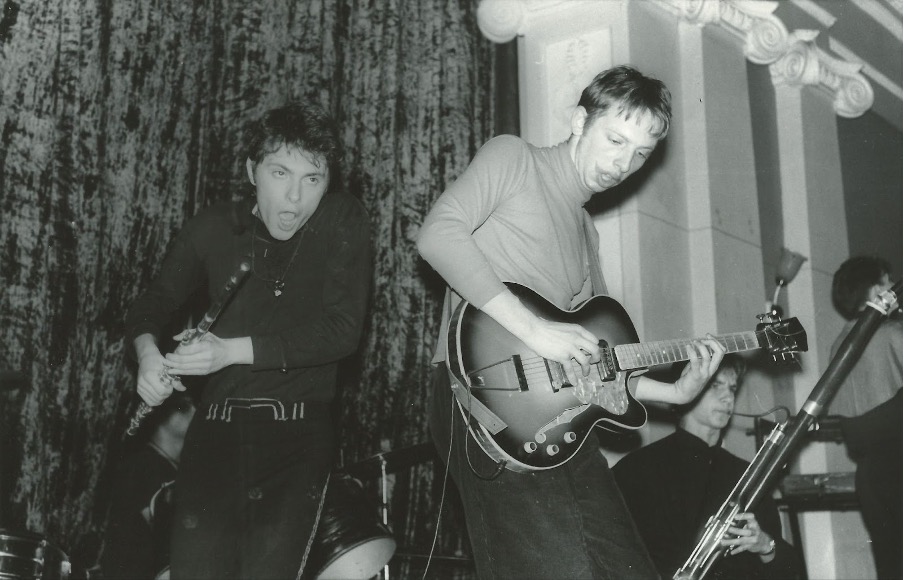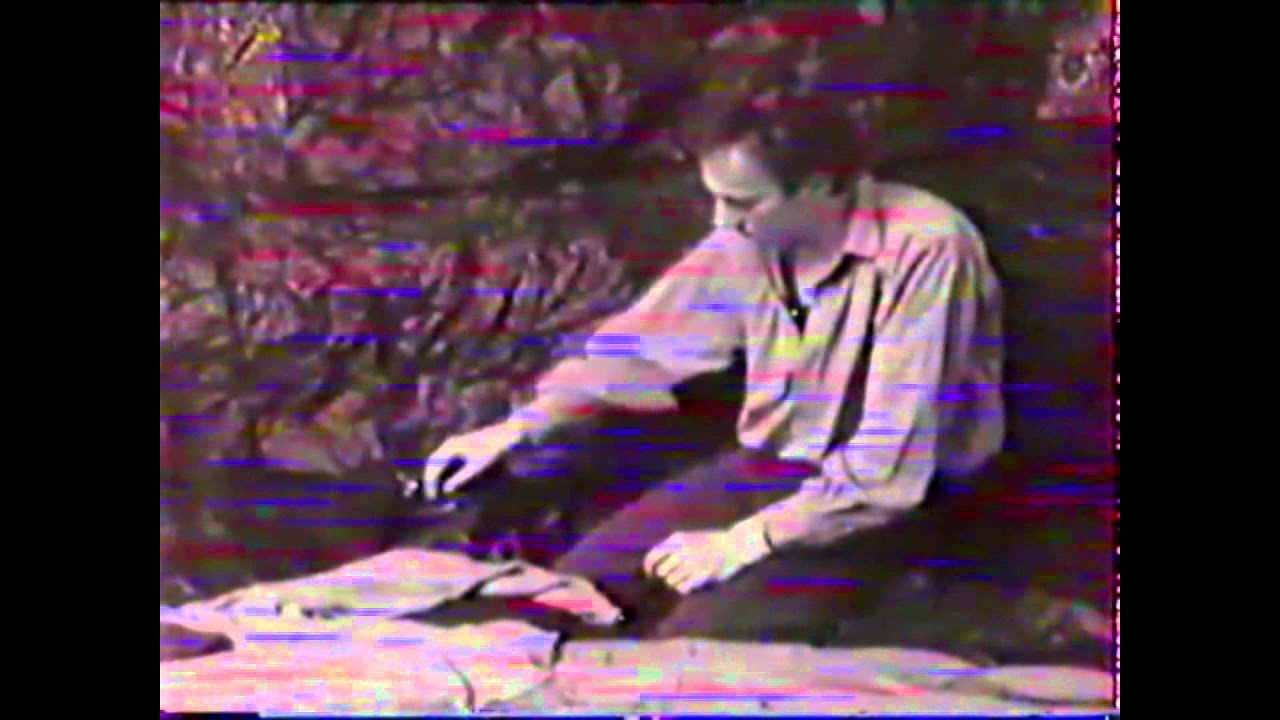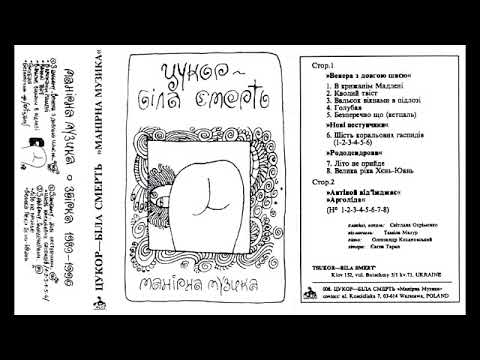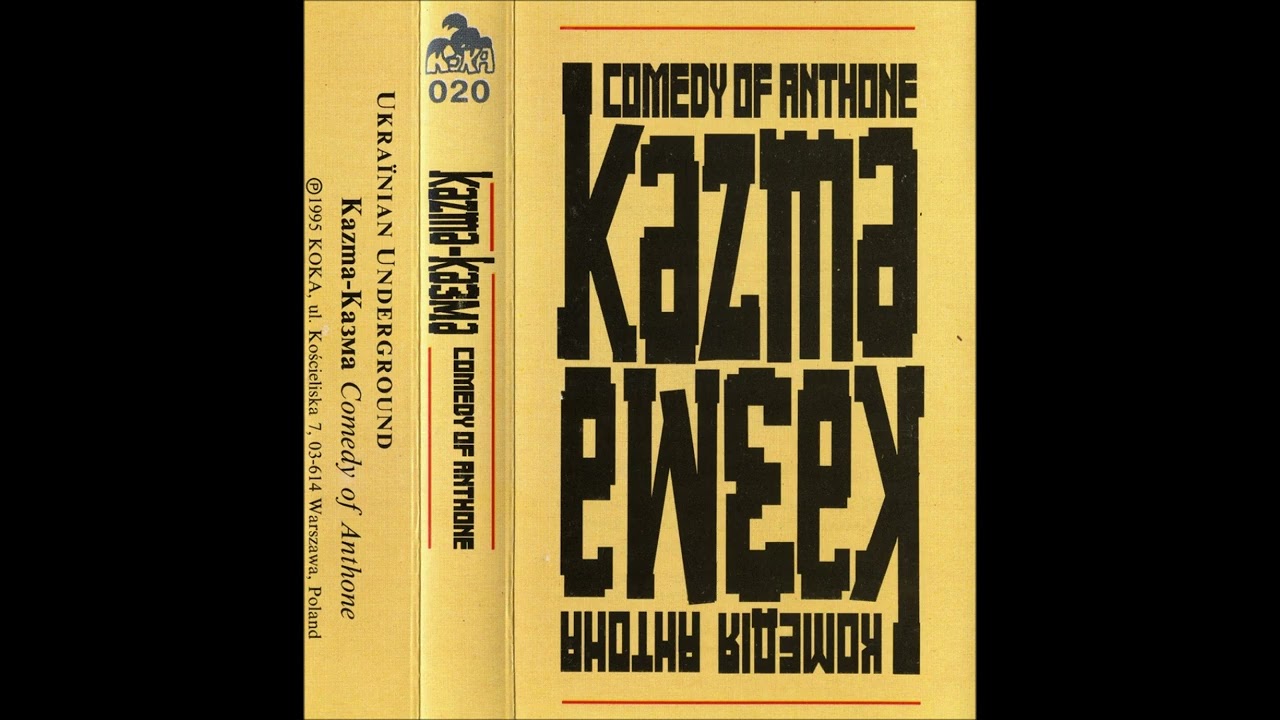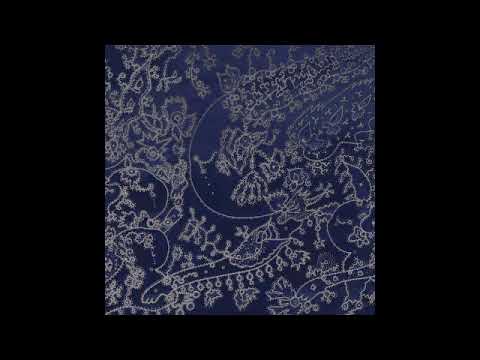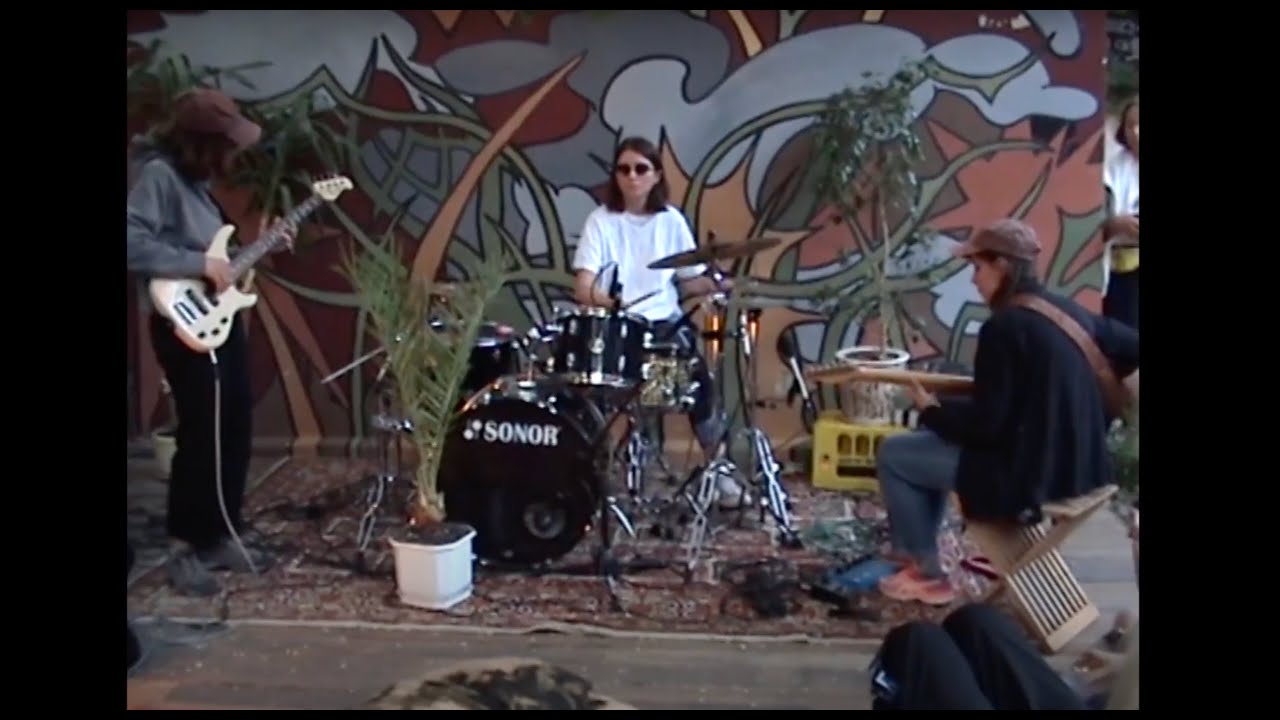This is the final instalment of our collaboration with Ukraine’s 20ft Radio and Neformat, funded by the Ukrainian Institute and the British Council. You can find the six podcast episodes here or on tQ’s podcast feed here, and Yaryna Denysyuk’s essay series can be read here.
At the time of the collapse of the Soviet Union, Ukraine’s unofficial music scene was in its infancy. The stifling smell of communist directives still hung heavy in the atmosphere. And the instructions of the ideologically brainwashed still rang out: hard rock and heavy metal genres dominated the officially authorised venues of rock clubs. Punk rock and new wave sounds also found space – as an unofficial rallying cry, and openly flaunted in some places.
Beginning at the end: The birth of the indie avant-garde (1988-90)
In a gesture of cultural opposition, several collectives, who preferred more difficult and unpopular forms of “musical communication” began to form. Pockets of original and independent music emerged in Kyiv, which at that time was considered a “province” by the capital’s (still heterogeneously minded) intellectuals and academic establishment.
One of the first lights in the gloom was the band Kollezhskiy Assessor (Collegiate Assessor). They often played the Kyiv rock club Rock-Artels and played a surreal mix of art-rock and post-punk psychedelia. The musicians, led by Vasyl Goidenko, practised “specific musical experiments”, managing to combine major and minor themes, complex rhythms and deliberate primitivism, dissonant elements and fragments of works by Soviet composers; often in one piece. The instrumental mini-suites of Kollezhskiy Assessor were sometimes supplemented with grotesque and ironic texts and, according to the musicians’ recollections, those listening didn’t understand such “dodecaphonic” experiments at all and were simply frightened by the “panic rock” from the stage.
Another act of the time was the Rabbota Ho collective, who played adventurous rock in a similar style to Kollezhskiy Assessor, but in a more restrained and maybe downbeat manner. The guitarist, keyboardist and bassist learned to transform rock harmonies into abstract fantasies and immerse them in five minute plus avant-garde symphonic works.
Sugar White Death
All these experimental delights, however, were mainly in line with the standard rock tradition, albeit unusual. A special and maybe unique phenomenon was the legendary collective Tsukor Bila Smert (Sugar White Death), who have retained their cult status to this day. Founded in 1988, Sugar White Death included many musicians who had an academic education, namely: Svitlana Okhrimenko, Tamila Mazur, Yevhen Taran and Oleksandr Kohanovsky.
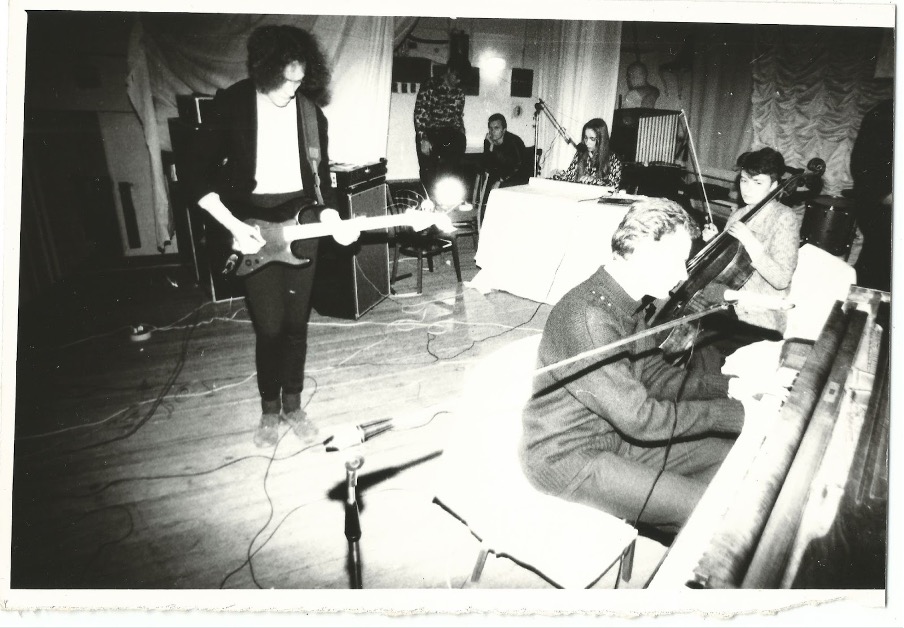
The collective initially recorded several cassettes of music at home. In 1988 the cassette Рододендрони Коралові Аспиди (Rhododendron Coral Aspids) appeared, and in 1989 two cassettes appeared at once – Нові Неженки (New Sissies) and Лілееї і Амарриліси (Lilies And Amaryllis). The tapes were filled with amazing music, original avant-folk of magical quality and chimerical composition, led by magical female vocals with lyrics in Ukrainian. Such music, apart from them, was not played by anyone.
‘Tsukor’ did not last long, becoming known to the general public decades later, leaving behind “the sacred bull of Ukrainian indie” and launching the careers of some of its members. Svitlana Okhrimenko became known as Svitlana Nіanіo, Oleksandr Kohanovskiy as Pan Kifared. Tsukor’s cassettes, which also recorded the whole recording process and were originally intended for a narrow circle of friends, would be released in 1991 by the Polish label Koka Records on the compilation Манірна Музика (Mannered Music).
The collision of genres, similar to the music of Tsukor Bila Smert, was also found in other bands from the capital. The group Yarn sounded experimental, combining traditional motifs and sombre post punk. Вербахльос (Verbahlios) for their part sounded ephemeral, weaving avant-folk acoustics with intricate melodic moves. Both in their own way assimilated the traditional, singing, and wider musical heritages of Ukraine.
Yarn was founded in 1990 by alternative scene enthusiast Ivan Moskalenko (also known as DJ Derbastler). Other musicians included Oleksandr Yurchenko; whose talent and musical vision would later help in the creation of the most important releases of the Ukrainian indie scene. The band released several albums, one of which, the 1993 indie-folk record Вербна Неділя (Palm Sunday) is the most important.
Koka Records, founded in 1989 in Warsaw by Volodymyr Nakonechny, who was of Ukrainian diaspora background, also played a crucial role in the distribution and recording of almost the entire Ukrainian indie underground, publishing in the late 1990s and early 2000s of most of the landmark releases of Ukrainian bands of the time, including music not only by Kyiv artists but also, for example, the poignant, chamber avant-pop album Прийди Янголе (Come Angel) by Lviv pianist, Ihor Tsymbrovsky.
It’s the New Scene!
Meanwhile, in the city of Kharkіv, a no less original experimental-music movement was forming. It emerged around Serhii Myasoedov and his musical association Новая Сцена (New Scene). The Kharkіv avant-underground had similar interests to those of the capital city, namely: a stylistic aspiration to musical baroque and a carnival theatricality, and the combination of the academic avant-garde with the traditions of medieval music.
The main collective of the “New Scene” movement is considered to be the collective Казма-Казма (Kazma-Kazma), created in 1991 by Yevhen Khodosh. Based on the fragments of Kharkiv folk-punk bands Товарищ (Comrade) and Чичка Дричка (Chichka Drichka), the band Kazma Kazma amused listeners with their complex, prog rock inspired, melodic passages that combined the traditions of the late Middle Ages, the heritage of Renaissance composers and the techniques of the symphonic avant-garde. Actively using folk elements and an assertive punk approach, the musicians of Kazma-Kazma sounded like an entire rock orchestra, built on behalf of Ukraine’s experimental underground scene.
Kazma-Kazma took part in several “New Scene” festivals, organised by Serhii Myasoedov in Kyiv, Kharkiv and Donetsk, in 1991 and 1992. And in 1993, the German label, What’s So Funny About?, published the compilation New Stage. Underground from Ukraine! 14 Bands from Kyiv & Kharkiv, including compositions from festival participants.
A number of new initiatives came out of the collective, including a project from one involved with Kazma-Kazma from the start, Dmytro Kurovskyi. Kurovskyi was a Chernihiv-based musician who had his own project Фоа Хока (Foa Hoka). Foa Hoka started out as underground industrial wave and experimental indie-folk, and you can hear them on the release Музика без хазяїна (Music Without Master). Foa Hoka has had many musical guises over the years, from dub to ethno-electronica.
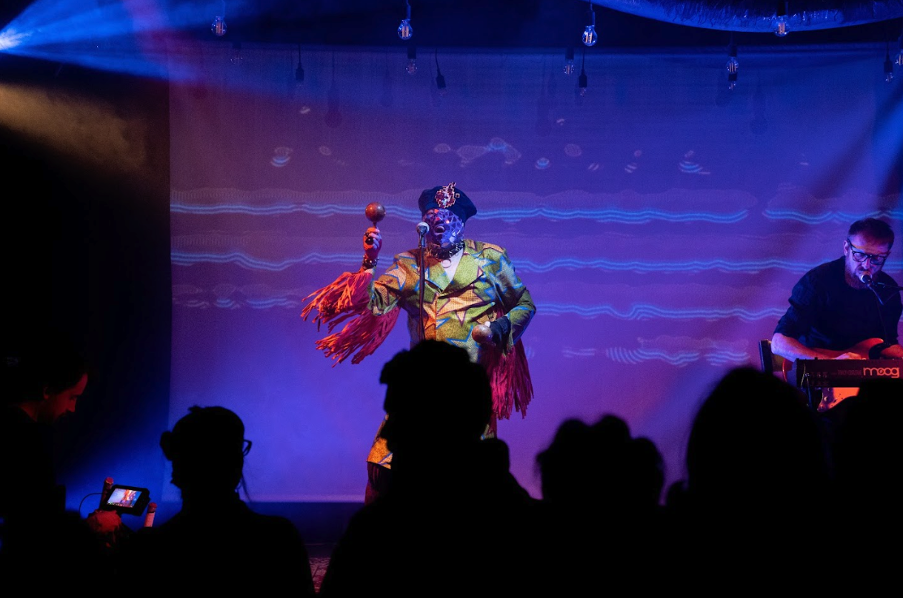
Ride the wave: the other side of noise (1990-94)
It wasn’t only academism and medieval carnivals that inspired musicians of that time. Having been impressed, according to legend, by the unheard-of music of Sonic Youth (who performed in Kyiv in 1989), musician Olexii Degtyar changed the musical vector of his new-wave project Альтернатива (Alternative) to something more industrial. His new band, Ivanov Down, sounded like a hybrid of heavy post-punk and radical noir-rock psychedelia: they became a sensation. Having released the cult album Best Urban Technical Noises in 1990, Ivanov Down toured extensively. Later, after repeated line-up changes, changed its sound to a lighter, Britpop-orientated electronic sound. Ivanov Down eventually became a solo project of Olexii.
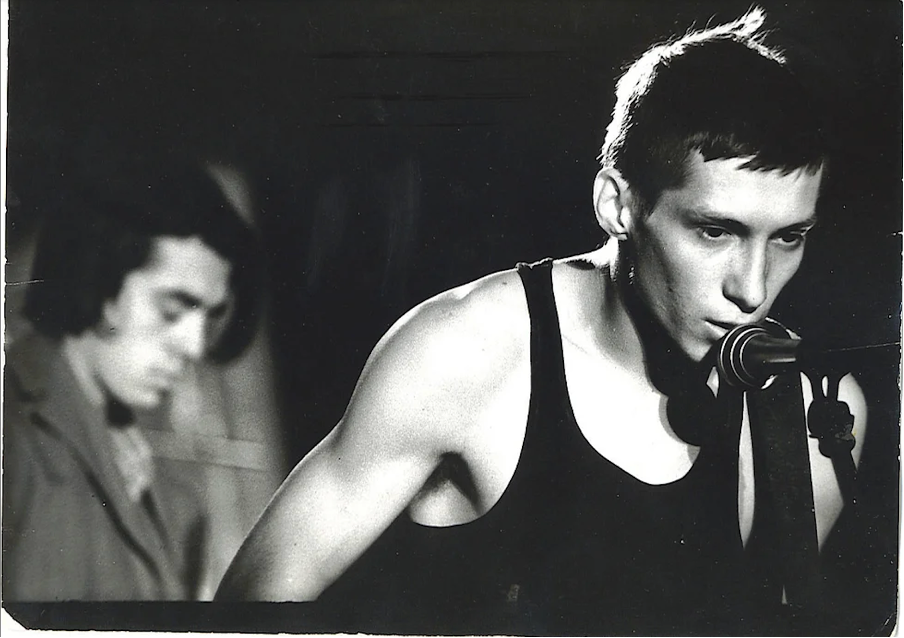
Another interesting project was Shake Hi-Fi, with Ivan Moskalenko from Yarn. Shake Hi-Fi made noise compositions with dissonant harmonies and cacophonic electronics. Moskalenko’s associate, Viktor Pushkar ran Blemish records, which showcased slowed down modal electronics stuck between analogue darkwave and microtonal dub.
Light after dark: bedroom charms and chimes (1994-2000)
In August 1994 Yarn’s Oleksandr Yurchenko created his magnum opus, a 25-minute drone symphony, Лічи До Ста. Симфонія № 1 (Count to Hundred / Symphony №1), recorded at home using his own specially made instruments. Around the same period, Yurchenko co-operated with Tsukor’s Svitlana Nіanіo. Nianio employed her arsenal of strange, homemade instruments, from strings to percussion. The results were found on Nianio’s two albums, Знаєш як? Розкажи (Do You Know How? Tell) and Лісова Колекція (Forest Collection).
Yurchenko’s joint project with Leonid Beley, Suphina’s Little Beasts, is also worth a mention. This was an instrumental darkwave project, where experimental electronics ran up against medieval motifs. Alexander also produced the singer Katya Chilly, who made an experimental form of pop music, where ritual folk motifs were combined with electronic arrangements.
Between sounds: rising above pop and deep dives into electronics (2000-04)
With the substantiation of Ukraine’s independence throughout the 90s and the early 2000s, the indie scene gradually lost its radical experimental sound and gravitated towards two poles. On the one hand, bands found themselves working in the conventional indie pop genre, playing alternative electro-rock, such as: Медленный Руль, Город Спутник, The Хостільня (see below), Інший Той Самий and Люди Романтики. Elsewhere, projects concentrated on a more impersonal, free-form sound. Kharkiv project, The Moglass, made glitch-electronica, at the junction of noise, ambient and electronic post-rock.
Kyiv-based label Quasi Pop emerged in 2000 and released several compilations that really illustrate the artists of that time: Lonely Happiness Vol.1 – Contemporary Underground Scene of Ukraine and Між Дощем та Засухою (Between Rains And Drought) showed the creative range of the participants – from minimal techno and noise to indie pop and folkotronics. And the Kharkiv label, Nexsound, also founded in 2000 by Andriy Kirichenko, was a platform that introduced experimental music from Ukraine to the “world music” scene. Nexsound continued to support the avant-garde tradition of Kharkiv’s musicians and published the compilations Polyvox Populli and Polyvox Populli 2. These releases captured the work of artists in the IDM and experimental ambient genres. The label also published albums by artists such as multi-genre noisy experiments Kotra, Alla Zagaykevich’s electro-acoustic compositions, and Zavoloka, an “ethno sound-art” act and a co-organiser of the festivals Detail Sound and Nexsound.
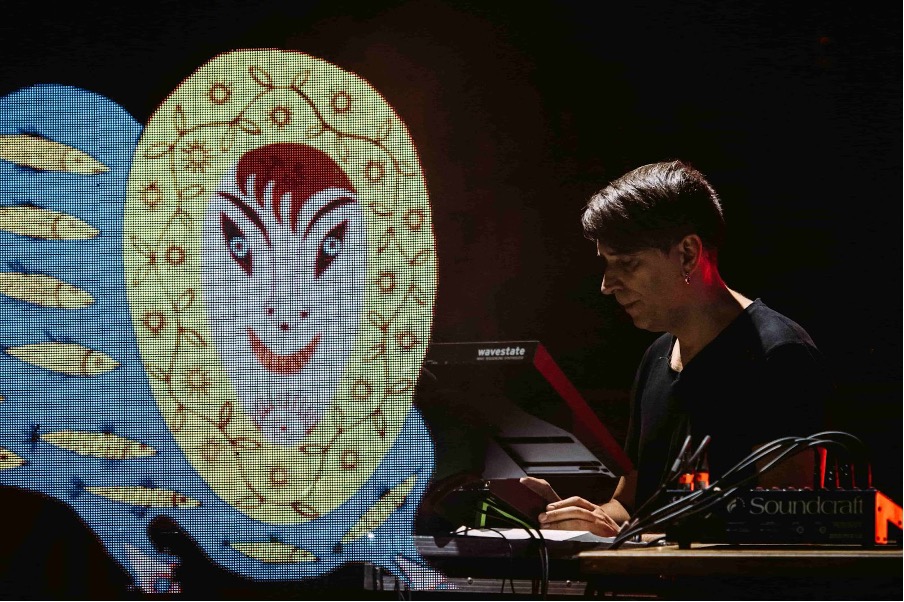
Future dreaming: from shoegaze to dub, and back (2005-2012)
In the mid-2000s, a group of Odesa-based musicians affiliated with the Cardiowave label became prominent. The label was founded in 2005 by Dmytro Vekov, the host of the radio show Atmosphere, which has been broadcasting every Thursday on FM since 1996 and has been a kind of musical ark for many Ukrainians.
The main act of the Cardiowave movement is considered to be the duo Flëur. Olena Voynarovska and Olha Pulatova released more than a dozen albums under the Flëur label between 2000 and 2017; their work ranged from refined neoclassical and “weightless” dark pop to restrained darkwave and esoteric shoegaze. There were numerous side and solo projects, too, such as Amurikemuri, MRF and Dust Heaven. Other artists from the label, such as Prospero’s Library, Aeronautica and The Klükwins, all carry a kind of “seaside mysticism” and echoes of the dreaming cosmos in their music.
Creative Teleports and Dub Abstractions
Around the same time, one of the oldest labels in Ukraine, Kyiv-based SKP Records, became an important creative teleport between southern Odesa and northern Kyiv. Founded in 1999 and still active today, (just like its founder Serhii ‘Dubmasta’ Dubrovskyi), this multi-genre imprint released several projects – from noise IDM and psychedelic ambient to abstract electronica and all variations of the dub genre – created by both Kyiv and Odesa-based artists.
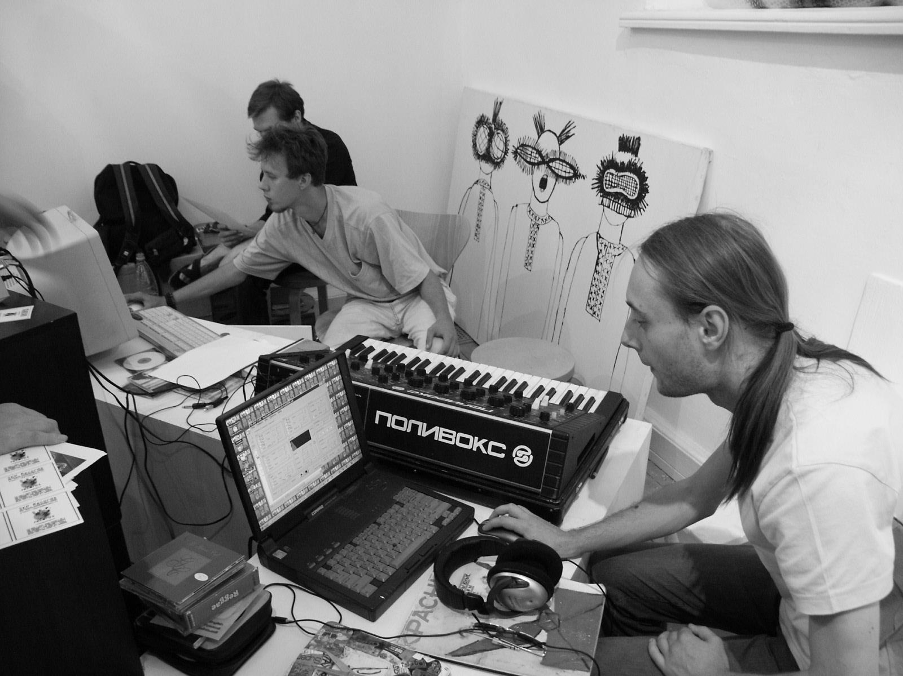
SKP’s multiple collaborations involved Dmytro Kurovsky (Foa-Hoka), Oleksandr Kohanovsky (Pan Kifared), Oleksiy Mikryukov (King Imagine) and many others, African and European. The label’s musical evolutions can be traced by listening to the compilations Dark Pop / Soft Noise: Ukrainian Sound Abstractions from 2004, or all the releases of the Suburban Dub series from 2008 to 2011.
As a one-time member of Foa-Hoka, Dubrovskyi released several retrospective compilations of the band through SKP, his solo experimental albums like Dubmasta, Pan Kifared’s album, Selected Works and the album Object 23 (For Gen) by King Imagine, featuring the voice of Genesis P-Orridge.
Soundgarden of harmonies: the modern underground (2012-2024)
The network label We Have No Zen!, founded in Dnipro in the late 2000s by a music columnist of the cult magazine НАШ, can boast the same breadth of collaborations. Specialising in improvisational forms of musique concrète, diving into the depths of psychedelic drones and low-frequency ambient, We Have No Zen! published music by Ukrainian electroacoustic avant-garde act, Ryasni Drova Consort and instrumental synth drones by Gamardah Fungus.
In 2012, Dnipro native Dmytro Nikolaenko created the Muscut label in Kyiv, focused on a kind of audio-archaeology, and releases of special leftfield electronics created at the intersection of tape manipulations, musical hauntology and synthesiser mirages. In 2016 Muscut released a radiant record by the library-music project, Indirect Meets Nikolaenko, called Ode To The Sea. 2017 saw the release of an album of surf-dub by trio Chillera, and in 2023 an album of underwater ambient dub Eye of Delirious by Anna Bryzhata aka Bryozone. Muscut’s catalogue also includes complex techno, visionary electro and synth ambience.
New aesthetics: Pep Gaffe
A similar multi-genre approach is found with the Pep Gaffe formation. Formed in 2021 by two musicians from Poltava, Artem (“Tofudj”) and Mykyta (“Acid Jordan”), Pep Gaffe focuses on the “chamber-like nature of communication and sound”, easily migrating between various forms of smart modern electronics and preferring live experimentation, and action, to posing. Pep Gaffe’’s “creative commons” allows the house of the SZTVO project to morph into dissected field recordings. The music of All Options vibrates with abstract hip-hop and deconstructed dub.
Pep Gaffe wholeheartedly explores and supports the contemporary Ukrainian independent scene. An example is the concert series, “Miasma of the Real”, organised in ∄ club, one of the capital’s hangouts, where over the last couple of years many different artists, both newcomers and more well-known ones, such as Svіtlana Nіanіo, have performed.
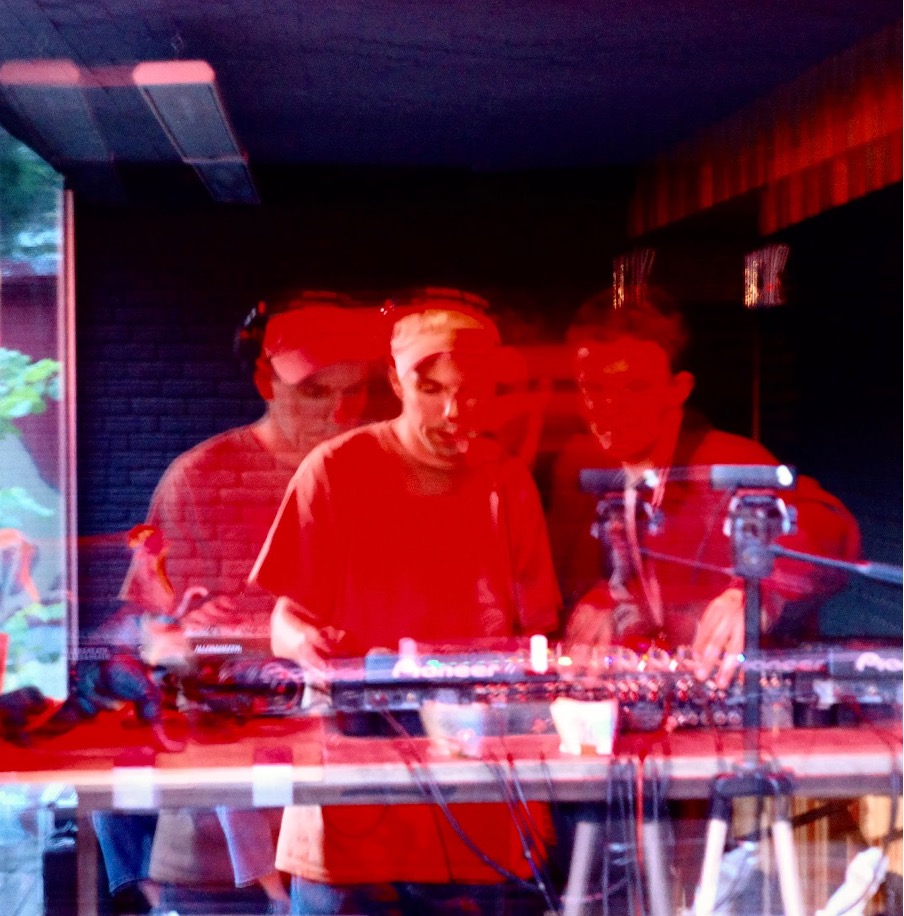
Shukai Records, an archival sub-label formed in 2019 by the Muscut label, also explores the country’s musical history. Like the main label, Shukai (the Ukrainian for “search”) publishes records of Ukrainian experimental music, previously unavailable to the general listener. In 2023 and 2024, Shukai released three important records at once: the 1994 theatre soundtrack by Svitlana Nianio, Transilvania Smile, Oleksandr Yurchenko’s musical archives Recordings Vol. 1, 1991-2001, and a double long-player from Tsukor Bila Smert, the tree releases thus joining the invisible ouroboros in the history of Ukrainian musical underground, colliding past and present in search of self-identity; a breathing life force, replenishing memory and reviving an undying hope for the future.

